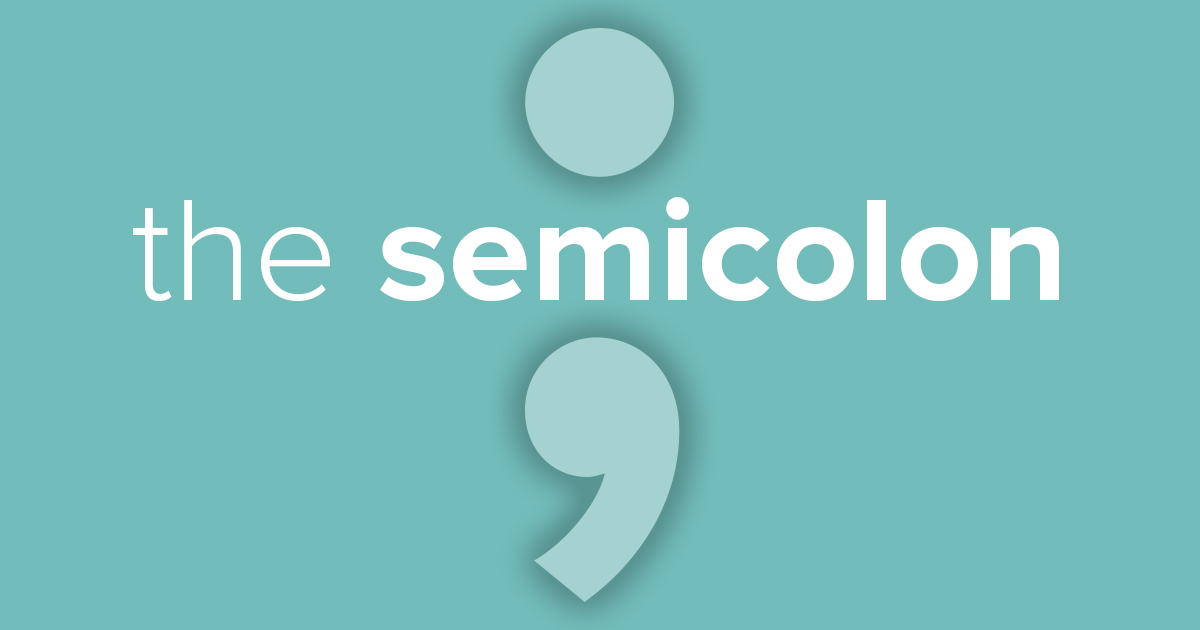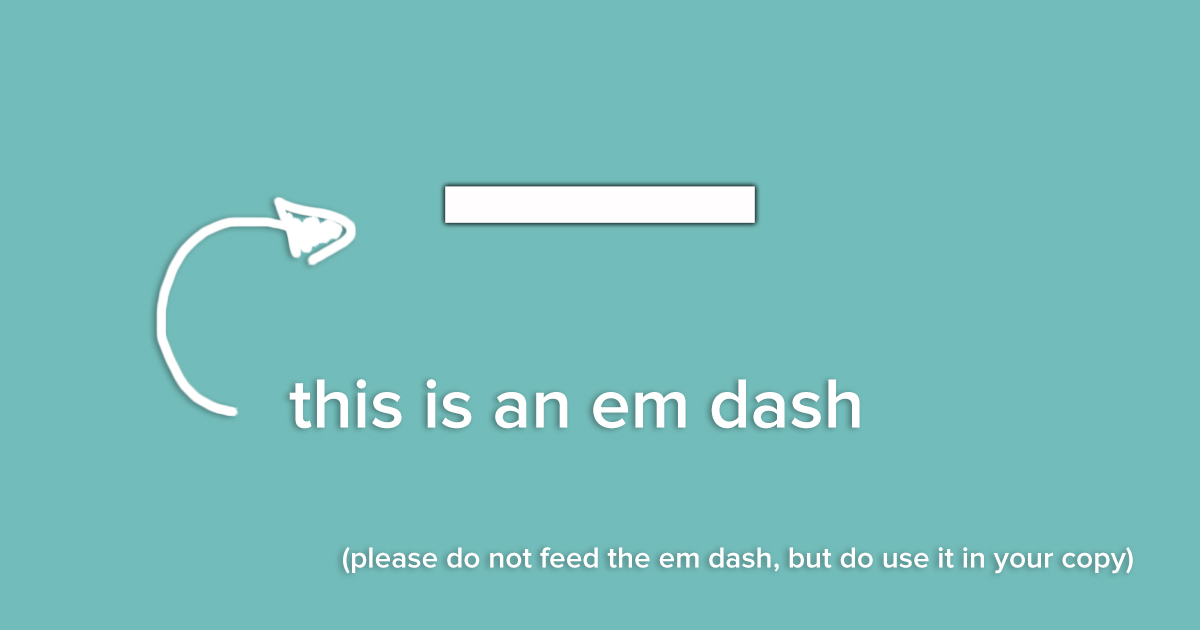All hail the ellipsis.
No, really. I love it, and a cursory glance on Google suggests others do too. A pause creates interest, and a well-judged ellipsis can invoke suspense, humour, and even… intrigue.
But let’s face it, you can have too much of a good thing. And in copywriting, too much often spells doom for your argument. When abused, an ellipsis can be anaemic, pointless, and annoying – which is why some people view it as grammatical filler.
Ellipsis (noun)
three dots in a printed text that show where one or more words have been intentionally left out
As much as I enjoy a good ellipsis, I didn’t want it to become an unwelcome tic in my writing: a linguistic quirk that pisses off my readers, and sabotages my copy. So instead I learned to be proactive its use – always thinking: is this appropriate? Or am I just unable to finish my argument? Hmm…
Put simply, if you’re considering an ellipsis, informed restraint is the key. Here’s how and when to use one, and when to hold back.
Ellipsis: granted…
A comedic or suspenseful pause
In comedy, there are few techniques more effective than considered silence, and the same applies to both formal and informal writing. Set the scene, build expectation, then *pause*… and deliver the payoff. Consider it a means to animate and probe the reader’s imagination.
“The experiment was a success, although many subjects reported unexpected side effects… including a compulsive need to wear a fez.”
An omission of quoted material
All too often we’ll go hunting for the ideal quote to support our argument, only to find that its either too long, fractured, or incomplete. A bracketed ellipsis not only helps bridge the relevant text but helps the reader understand that we’ve made an omission.
“We really enjoyed working with Sputum Limited. Todd proved a great communicator and managed to deliver […] the fluid blends our company was looking for.”
To emphasise a pause for thought
If the style guide you’re working with permits it – and the pause precedes the information you’ve teased in the sentence beforehand – then by all means use an ellipsis to build tension, or help written text to sound more like a real, spoken voice. In the right scenario, it can be an effective alternative to the divisive en-dash and incite curiosity about what’s to come.
“The hardware was amazing. That is until Sarah spilled… uh… what was it? A bloody protein shake? Yeah, she spilled a protein shake over it.”
Ellipsis: denied…
As a self-confessed ellipsis fanboy, I needed to bring some much-needed balance to this argument. So I asked some of my colleagues how they felt about the use of ellipsis in B2B marketing. Responses varied, but we all agreed that in the following instances, the dots need purging:
You’ve used it more than once
You’ve got to be ruthless. The more you use it, the more you’ll dilute its impact, and in the worst-case scenario, you’ll actively annoy the reader and drive them away from the copy. Be sparing. (Unless you’re actually writing a blog post about ellipsis, obviously…)
It doesn’t fit the voice or tone of the piece
This is critical. Nailing tone and voice can make or break your copy, which is why we always do our homework and study any relevant guides before we start peppering copy with ellipses, puns, and other such frivolities.
You’re unsure of your own argument
In casual conversation, it’s not uncommon to end an inconclusive thought with a pause. In B2B copy, an ellipsis may end up sounding portentous or, worse, suggest you lack confidence in your argument.
Did You Know?
The Modern Language Association (MLA) no longer states that brackets must surround an ellipsis used to represent an omission. Despite this, we typically keep the brackets to avoid confusion.
Signing Off…
The ellipsis can be a wonderful thing… in moderation (a rule I’ve clearly shown no regard for in this post). As for my colleagues who have nothing but scorn for it, that’s fine – it’s a preference.
Ellipsis use should never be mandatory, but then again, it’s no discredit to the writer if they choose to use it (so long as the quality of the copy does not suffer as a result). And because of that, it won’t be leaving my writing toolkit anytime soon.




